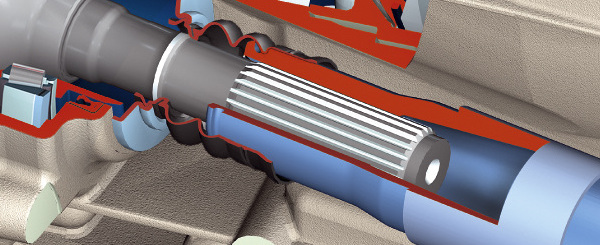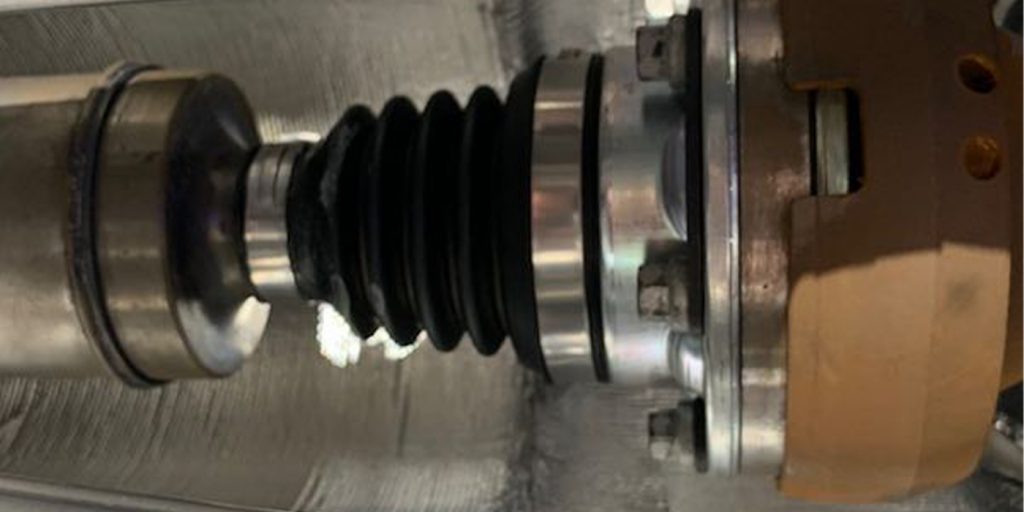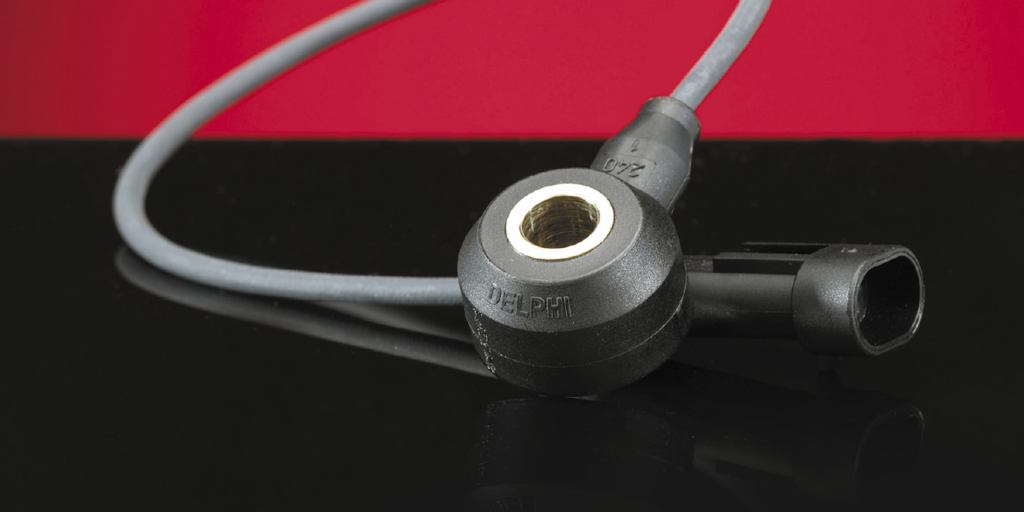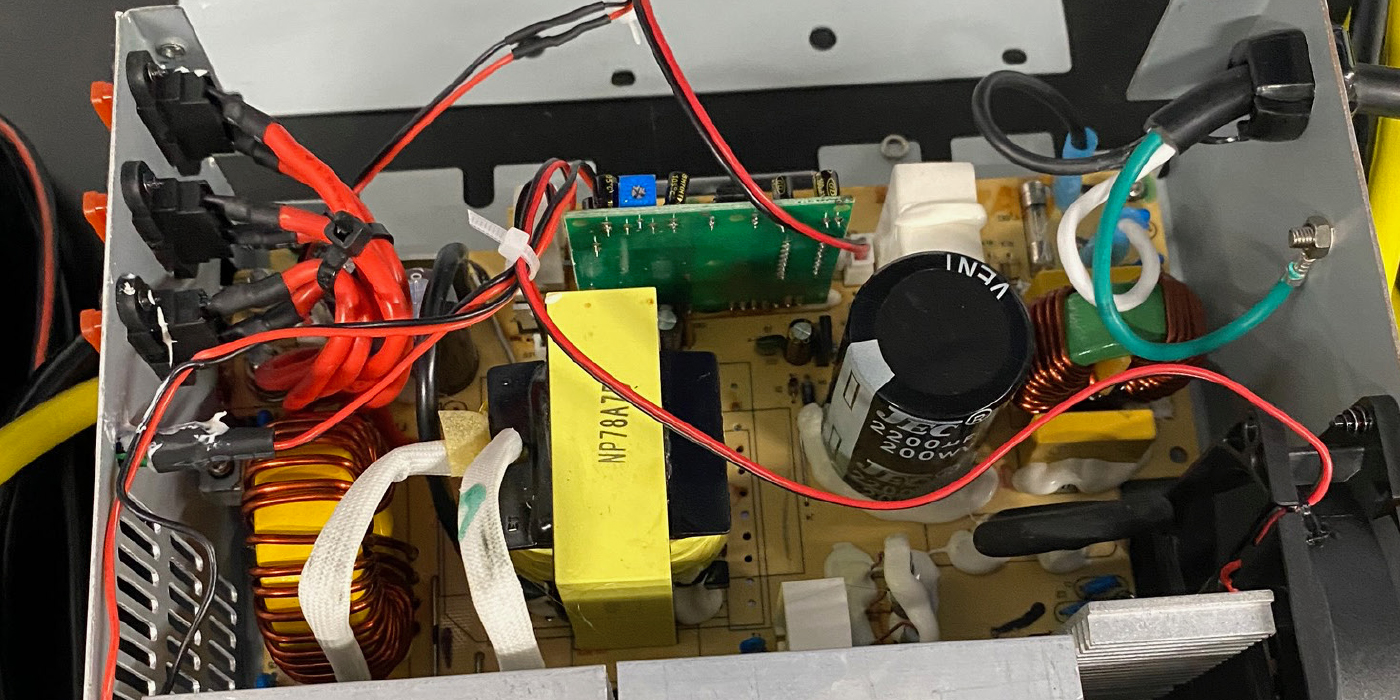Some vehicles with rear-wheel drive and may exhibit a driveline clunk or bump that occurs as the vehicle starts to move forward following a stop. This condition may be caused by the slip yoke not sliding smoothly on the output shaft splines.
Action:
Lubricate the slip yoke with a PTFE lubricant or a lubricant specified by the manufacturer of the vehicle or replacement driveshaft.

Service Procedure:
1. Verify the condition.
2. Remove the driveshaft. Be sure to index mark the driveshaft during removal to maintain alignment during reinstallation.
3. Lubricate the slip yoke with correct amount of lubricant.
4. Re-index and reinstall the driveshaft.
5. Verify the repair.














